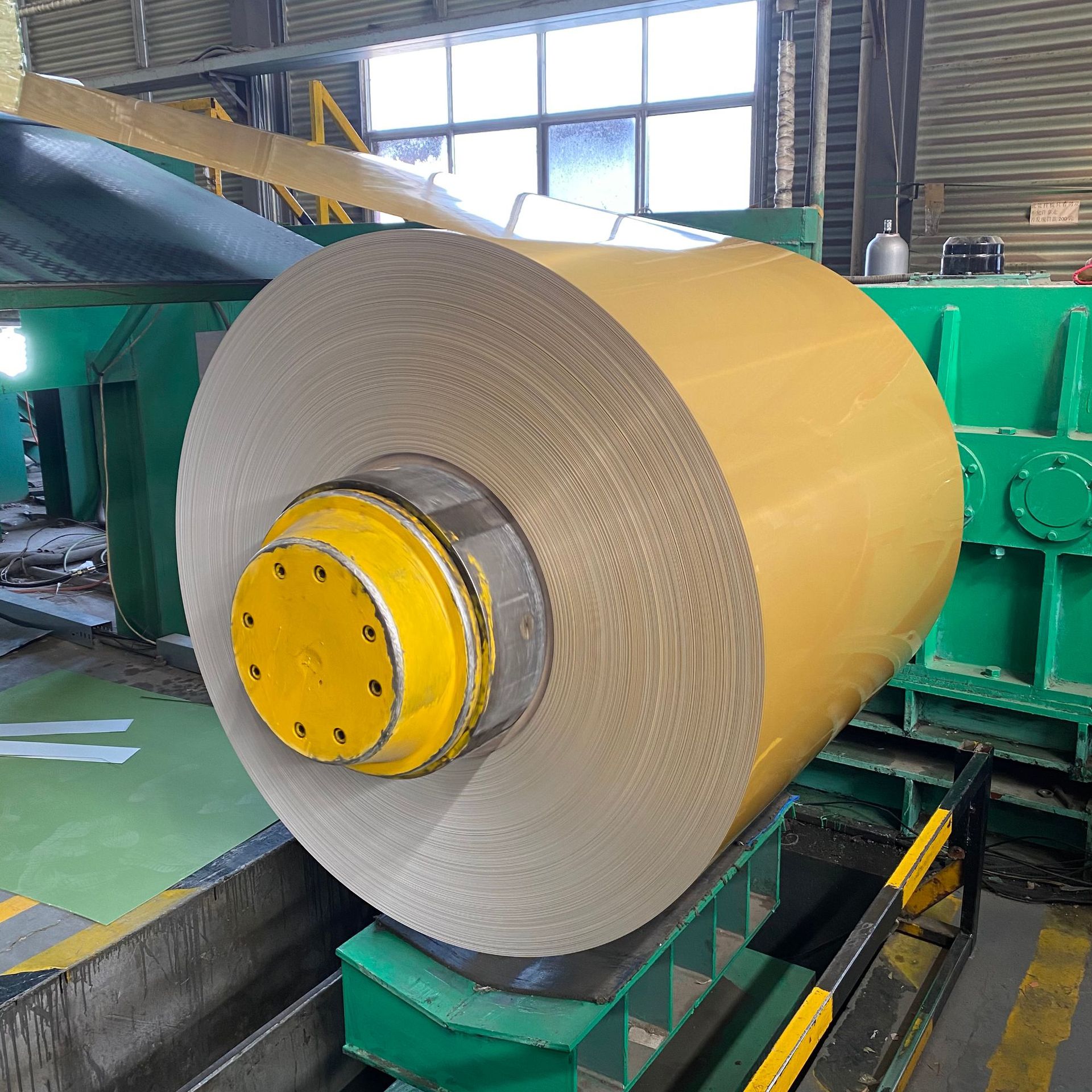Aluminum Trim Coil vs. Steel Trim Coil: Which Is Better?
-
When it's time to select trim coil for your roofing project, the debate often comes down to two heavyweight contenders: aluminum and steel. Both are excellent, durable materials for fabricating fascia, soffits, drip edge, and more, but they have distinct strengths and weaknesses. Choosing the wrong one can lead to premature failure, unsightly stains, and unnecessary expense. So, which is the better choice for your home? Let’s break down the key factors to help you make an informed decision.
The Case for Aluminum Trim Coil

Aluminum is the go-to choice for many contractors and homeowners, and for good reason.
Unbeatable Corrosion Resistance: This is aluminum’s biggest advantage. Aluminum naturally forms a protective oxide layer when exposed to air, making it highly resistant to rust and corrosion. This makes it the superior option for homes in coastal regions with salt spray or in areas that use road salt in the winter.
Lightweight: Aluminum is significantly lighter than steel, making it easier for installers to handle, cut, and form. This can lead to a faster installation process and less physical strain on the underlying structure.
Maintenance-Free (Mostly): Beyond occasional cleaning, a high-quality painted aluminum coil (like one with a Kynar 500® finish) requires virtually no maintenance and won't rust. Its color holds up exceptionally well against UV rays, resisting fading and chalking.
The Case for Steel Trim Coil (Galvanized or Galvalume®)
Steel trim coil is a workhorse known for its raw strength.
Superior Strength and Durability: Steel is much stronger and more impact-resistant than aluminum. It’s less likely to dent from ladders, hail, or falling branches. This ruggedness is a major benefit in areas prone to severe weather.
Cost-Effectiveness: Generally, steel trim coil is less expensive than its aluminum counterpart. If the initial project budget is your primary concern, steel offers a durable solution at a lower upfront cost.
The Protection Factor: Bare steel will rust quickly, so it’s always coated. Galvanized steel has a zinc coating that sacrifices itself to protect the base metal. Galvalume® steel (a blend of aluminum, zinc, and silicon) offers even better corrosion resistance, approaching the performance of aluminum in many non-coastal environments.
Head-to-Head Comparison: Key Considerations
Rust vs. Corrosion: If rust is your biggest fear, aluminum wins. While coated steel is very resilient, if the coating is scratched or cut, the exposed steel is vulnerable to rust. Aluminum may oxidize if deeply scratched, but it won't develop the destructive red rust that can compromise steel.
Strength vs. Malleability: Steel wins on pure strength. However, aluminum’s flexibility is an advantage in forming tight, complex profiles without springing back.
Cost: Steel typically wins on initial price, but aluminum often wins on long-term value due to its exceptional longevity and minimal maintenance needs.
Location, Location, Location: This is the ultimate deciding factor.
Choose Aluminum for: Coastal homes, high-humidity climates, and where salt is present.
Choose Steel for: Inland homes, areas with hail or impact risks, and where budget constraints are a primary driver.
Conclusion: So, Which Is Better?
The answer is: it depends on your priorities and environment.
Choose Aluminum Trim Coil if your top priorities are long-term, maintenance-free performance, maximum corrosion resistance, and you are in a corrosive environment. It’s a premium product with a premium lifespan.
Choose Steel Trim Coil if your top priorities are maximum strength and impact resistance, and you need a cost-effective solution for a standard inland climate. Modern Galvalume® coatings have made steel more durable than ever.
By weighing the pros and cons of each material against your specific project needs, you can confidently select the trim coil that will best protect and enhance your home for decades to come.
